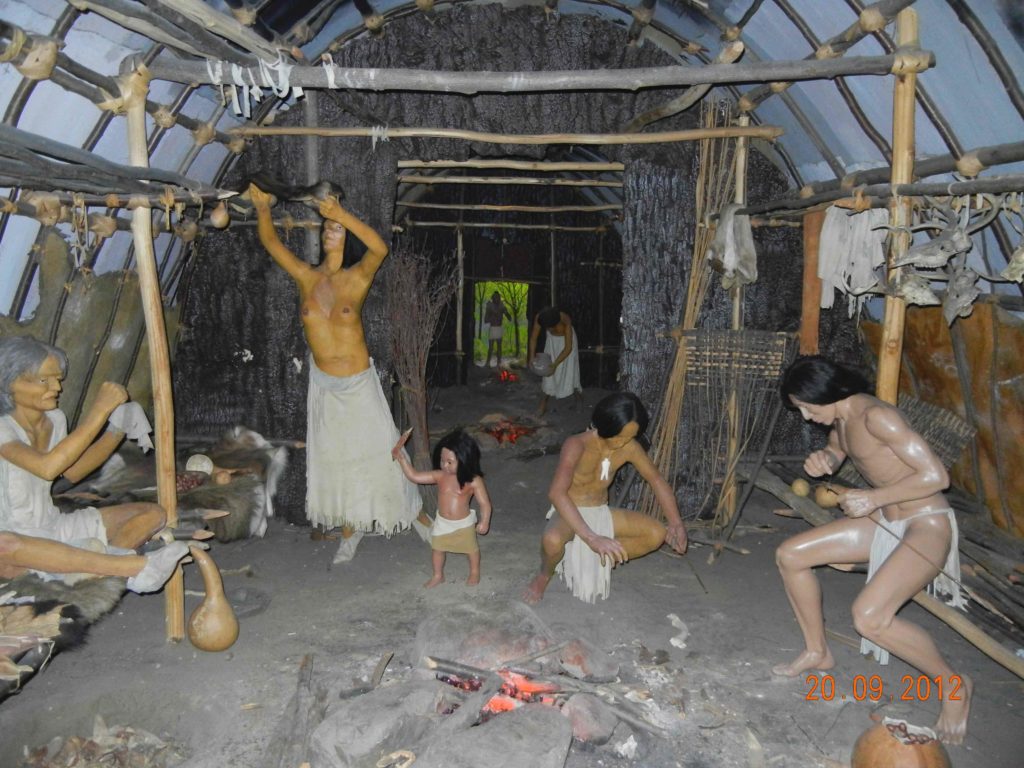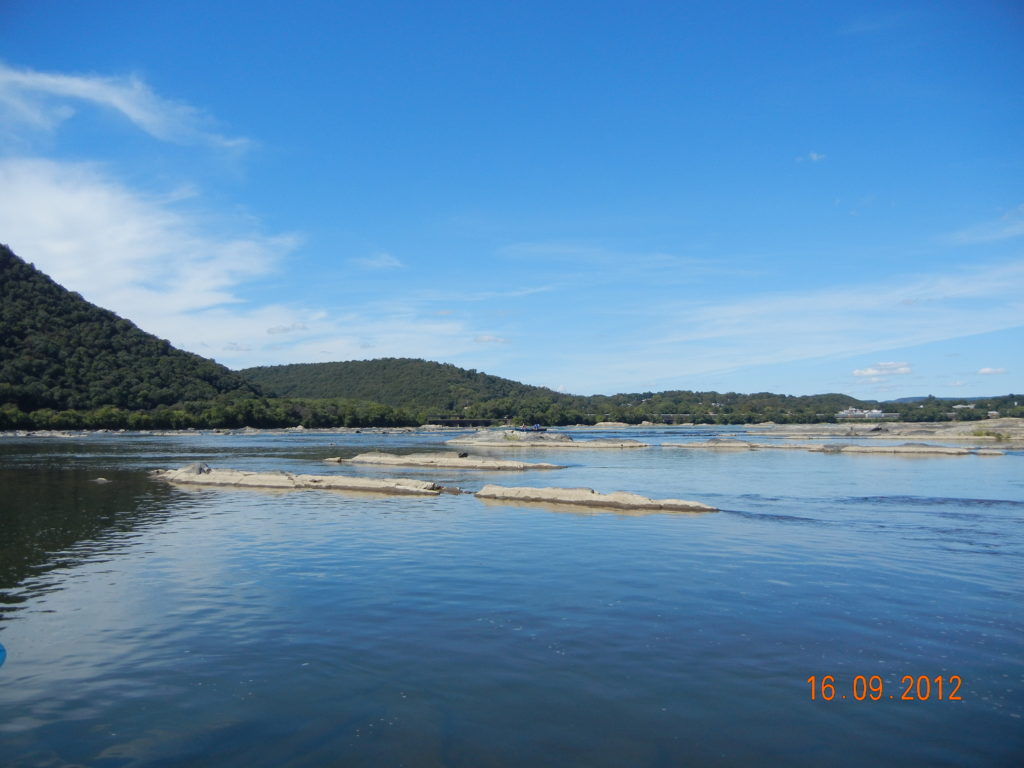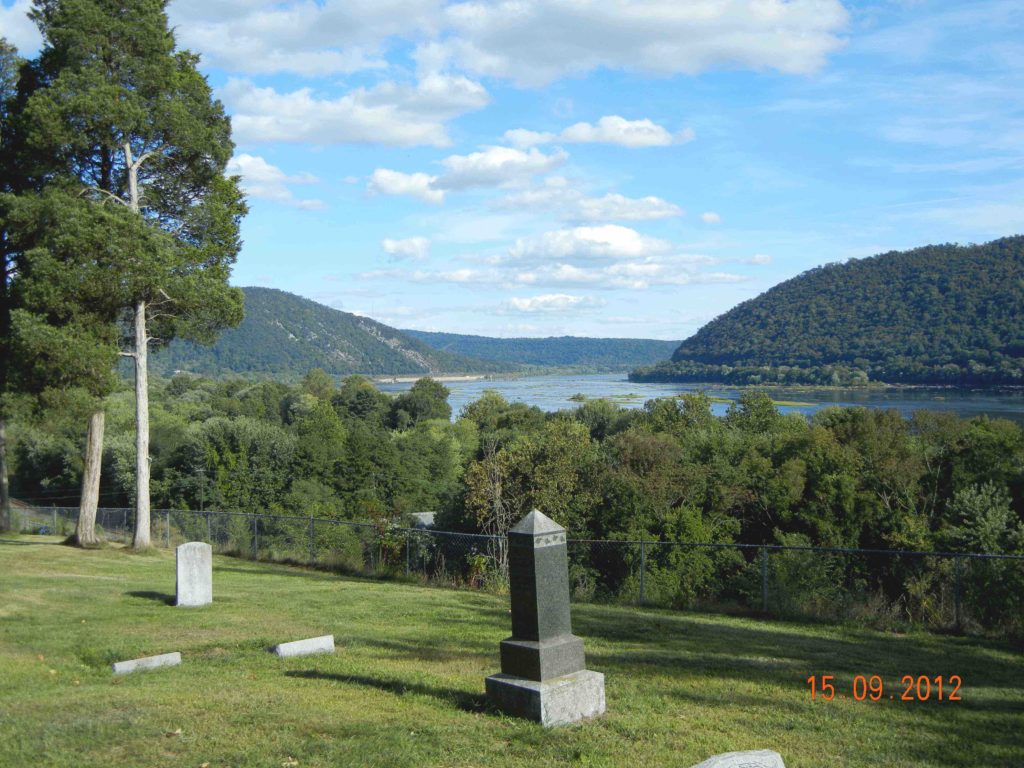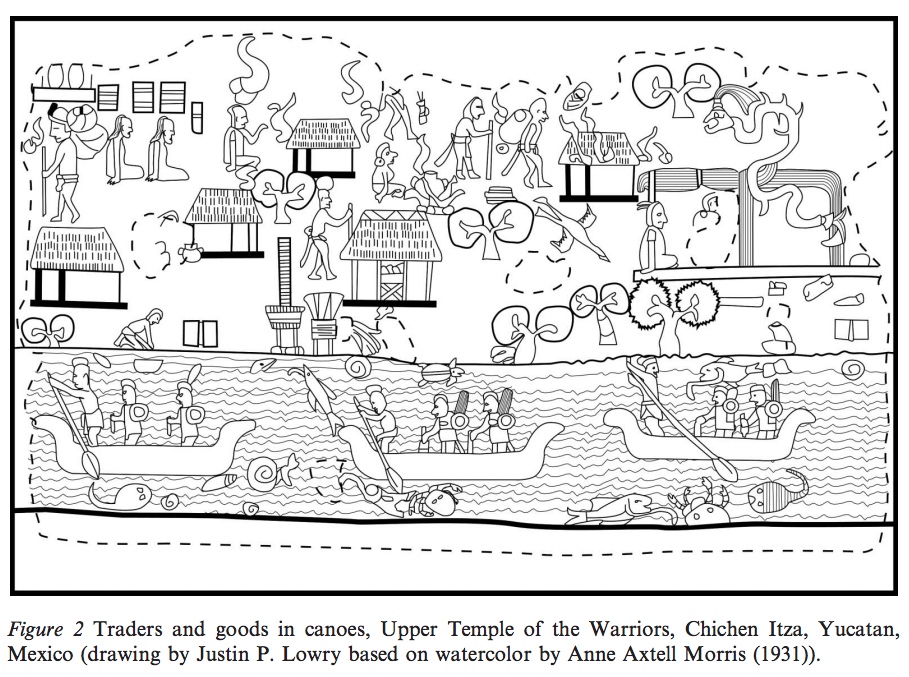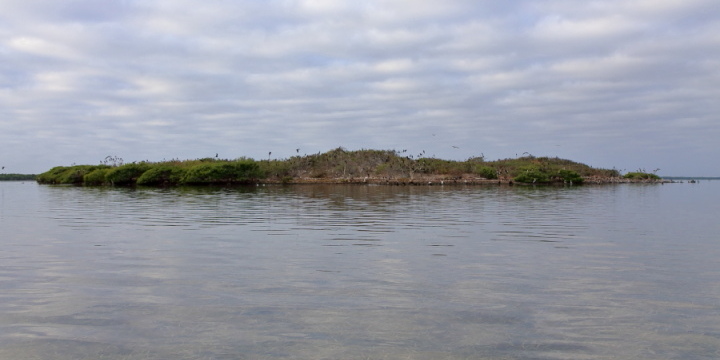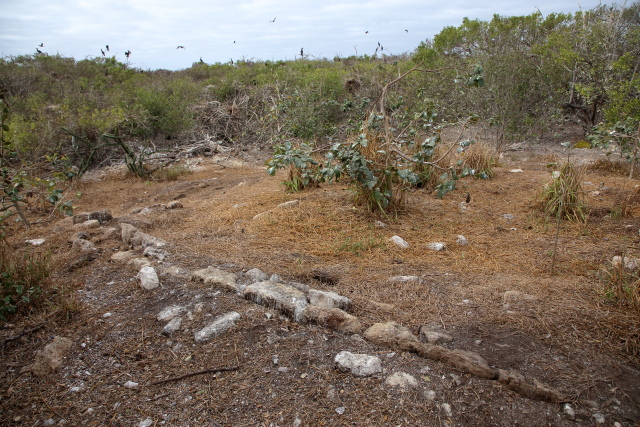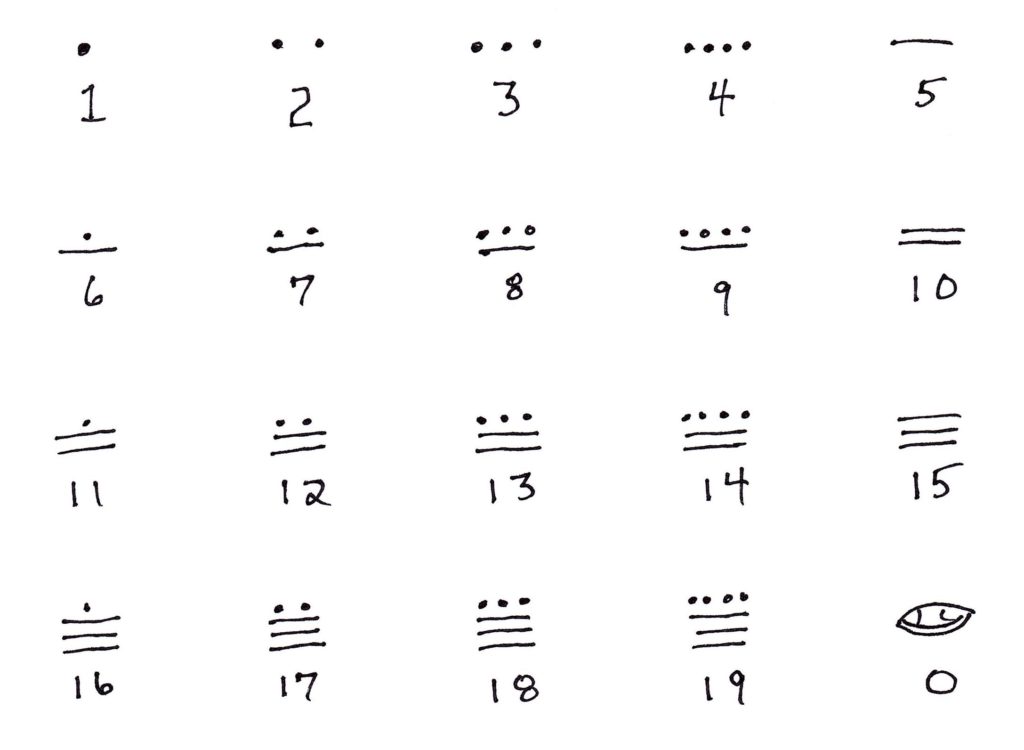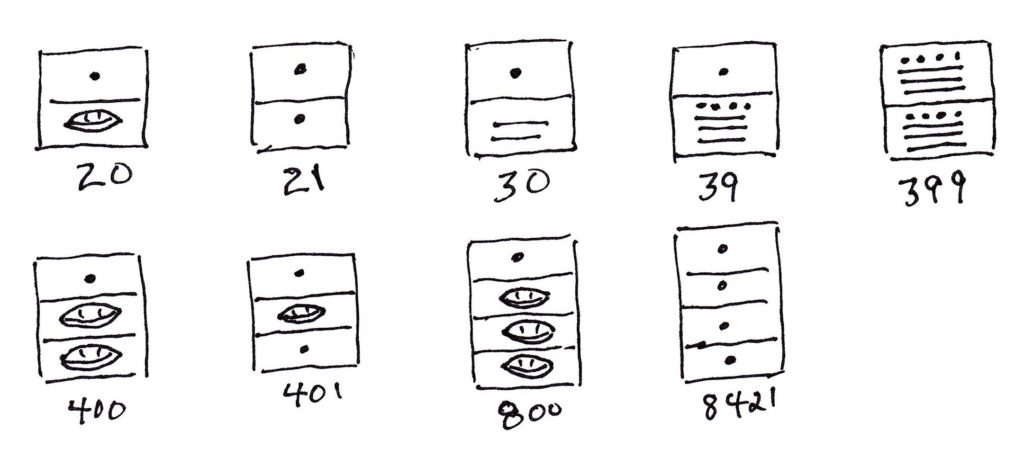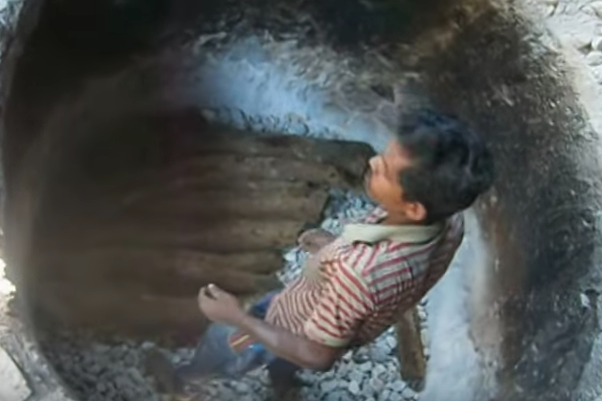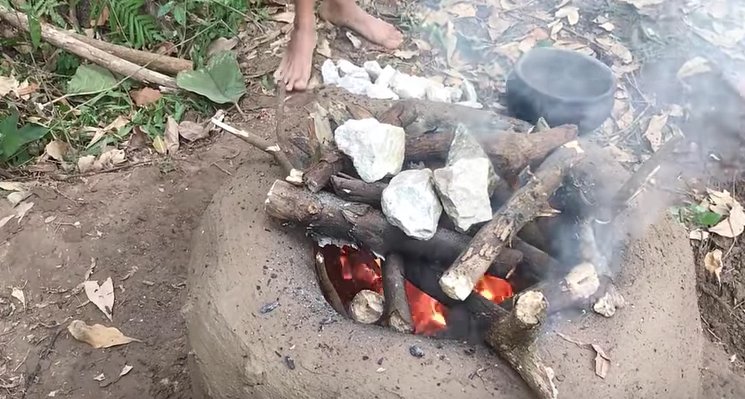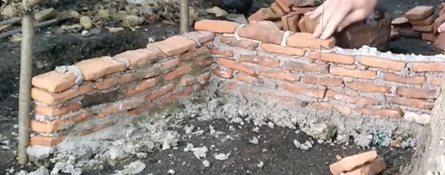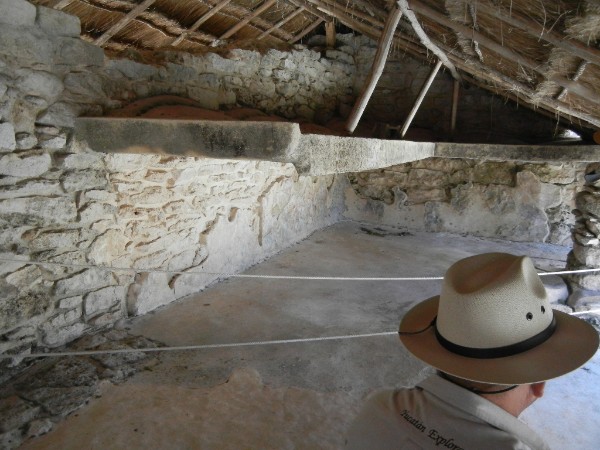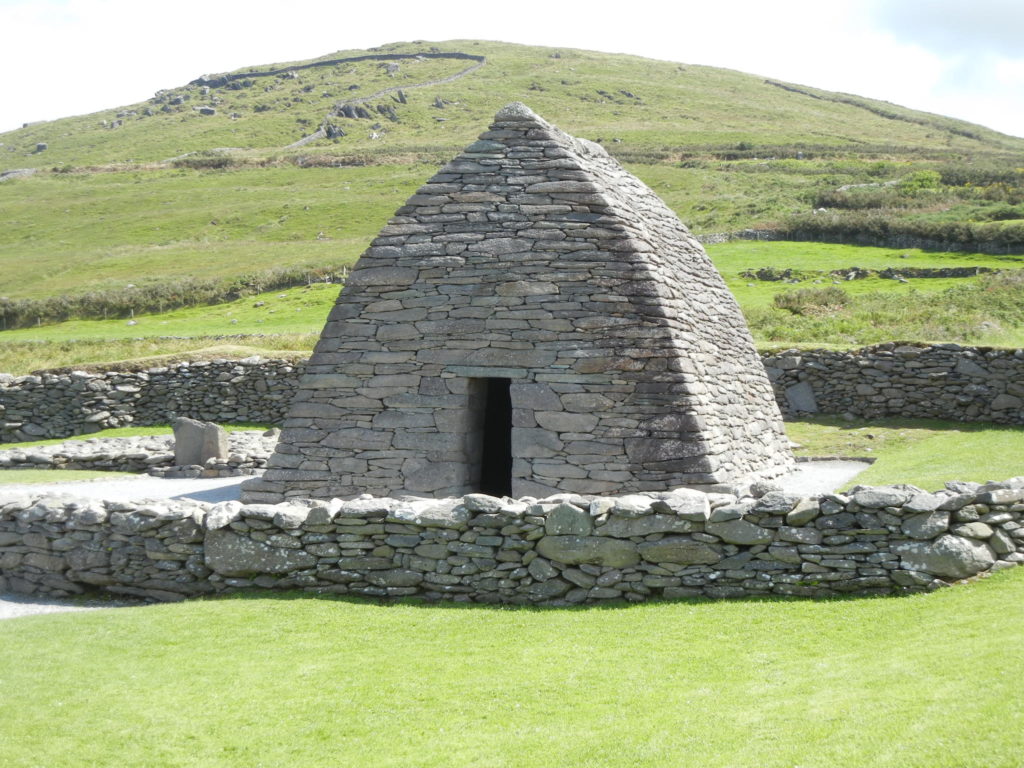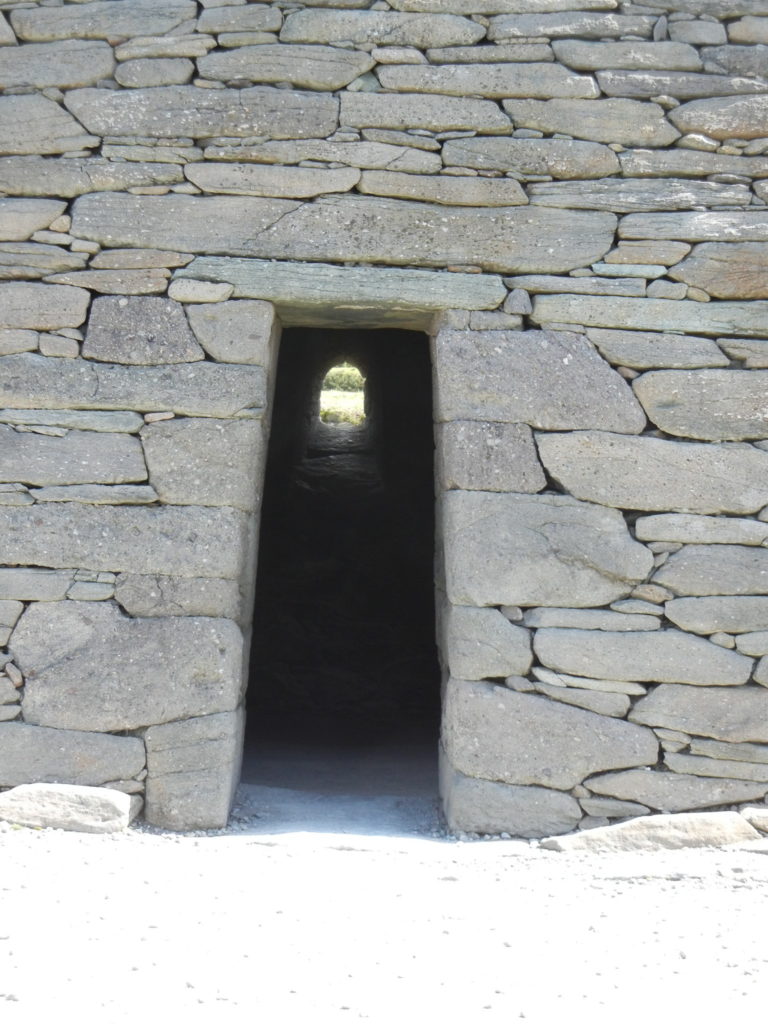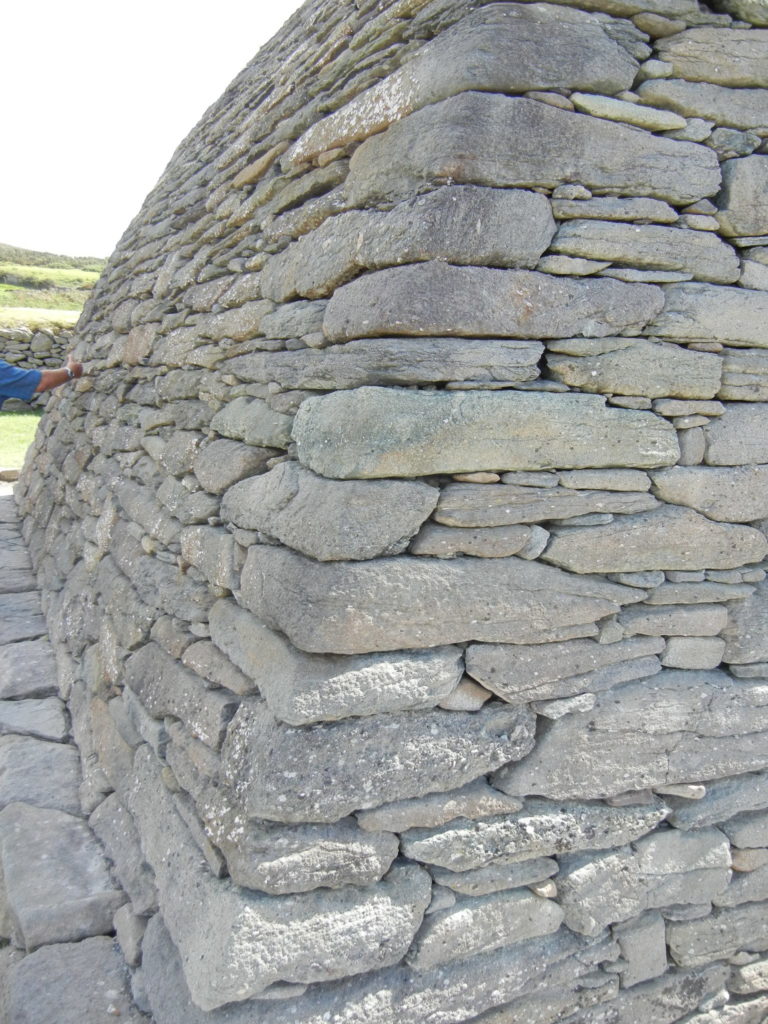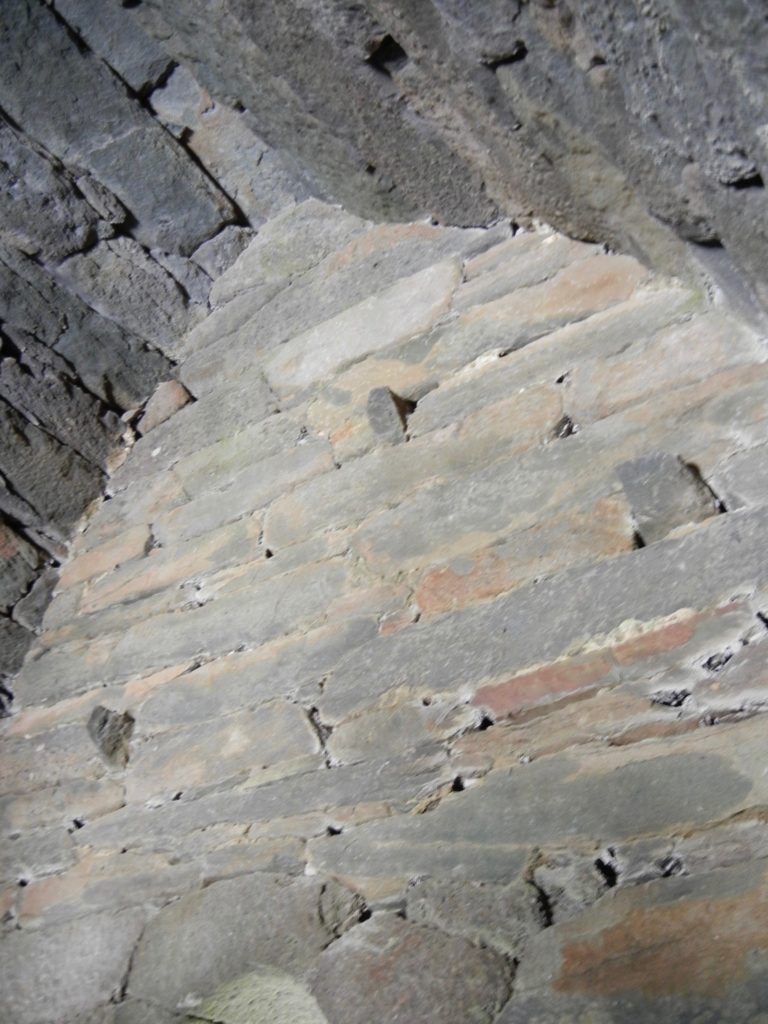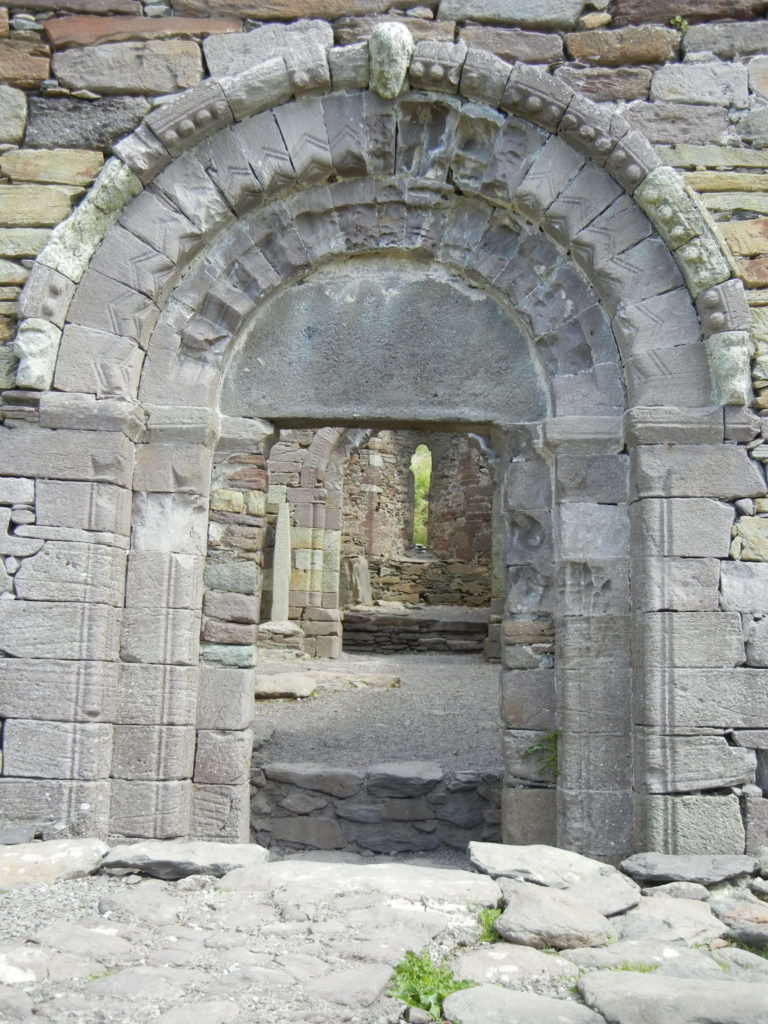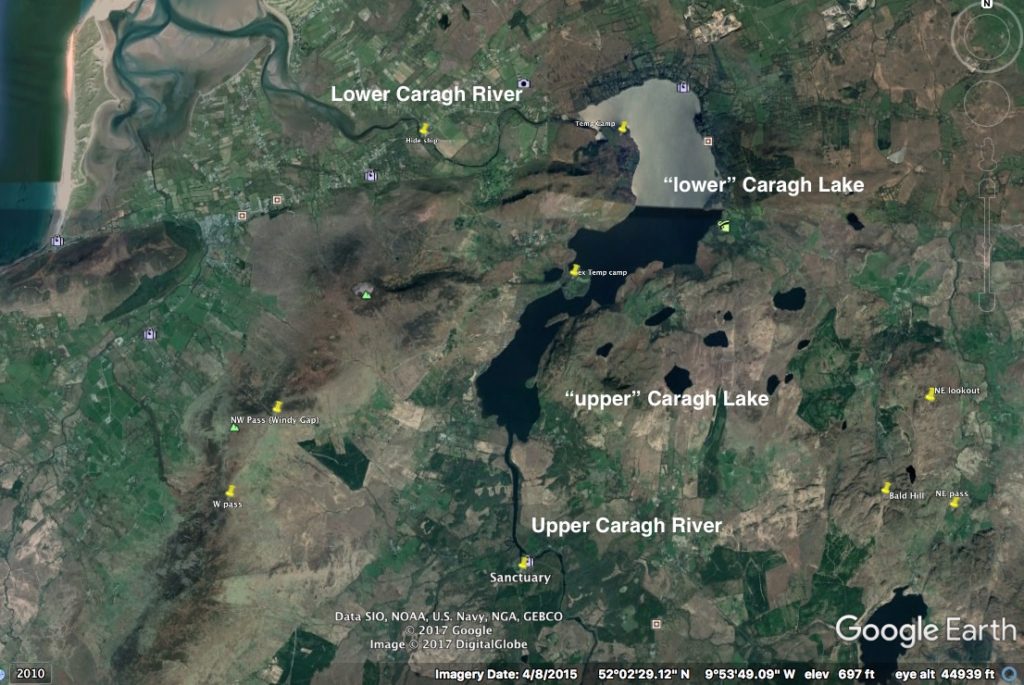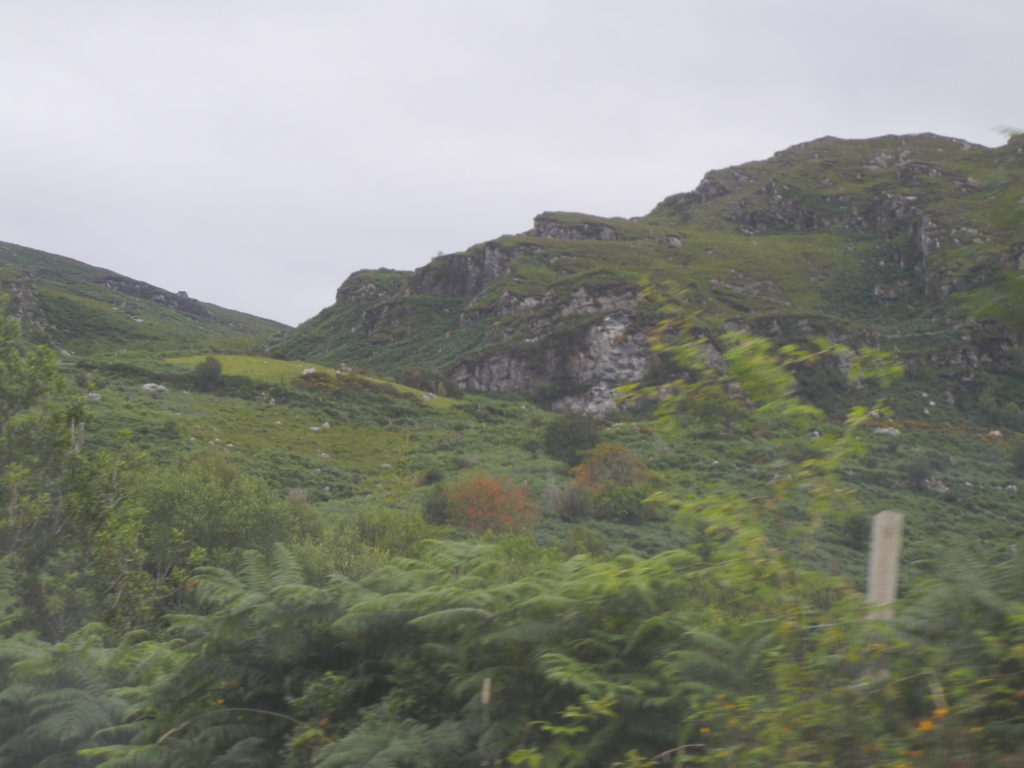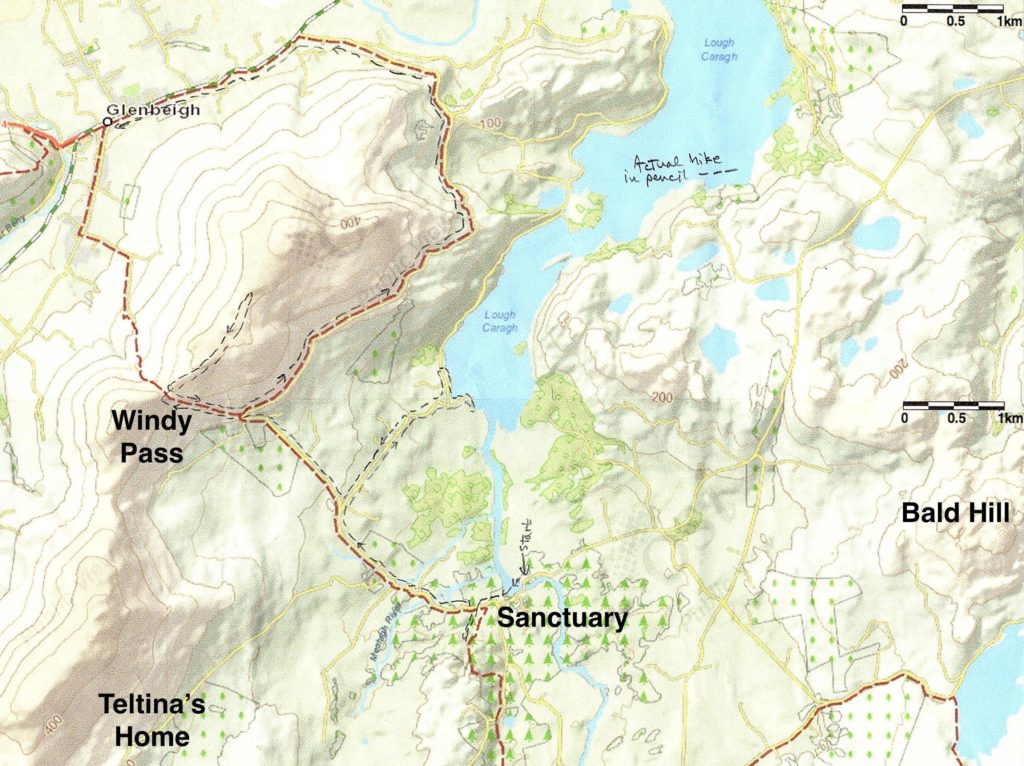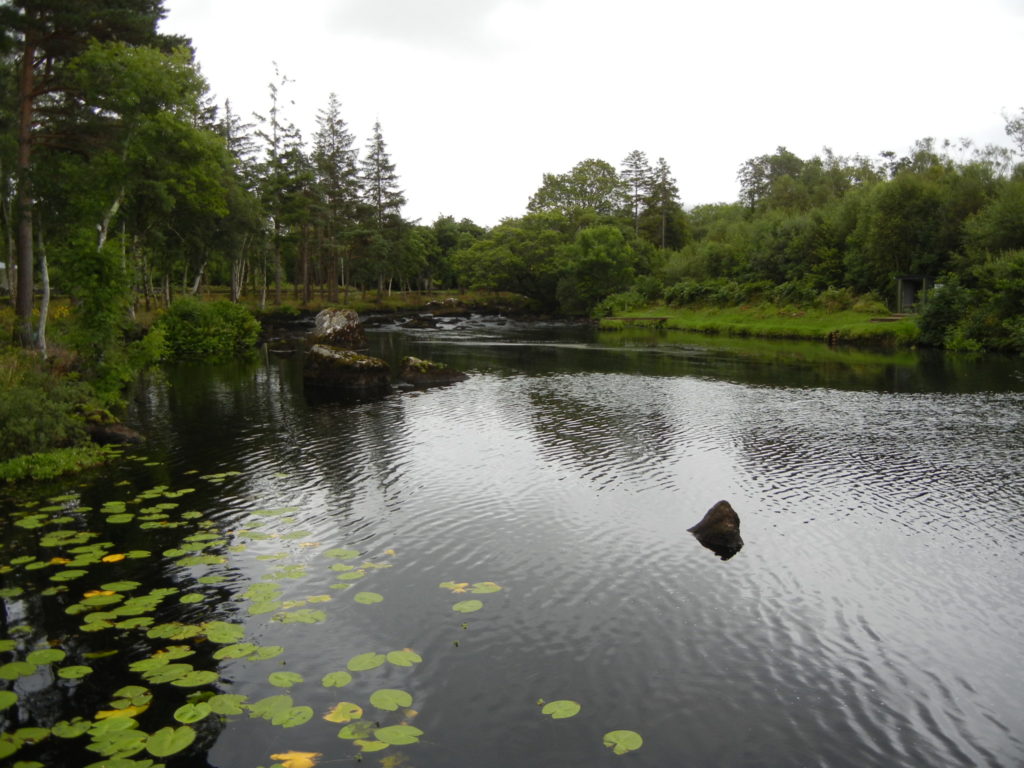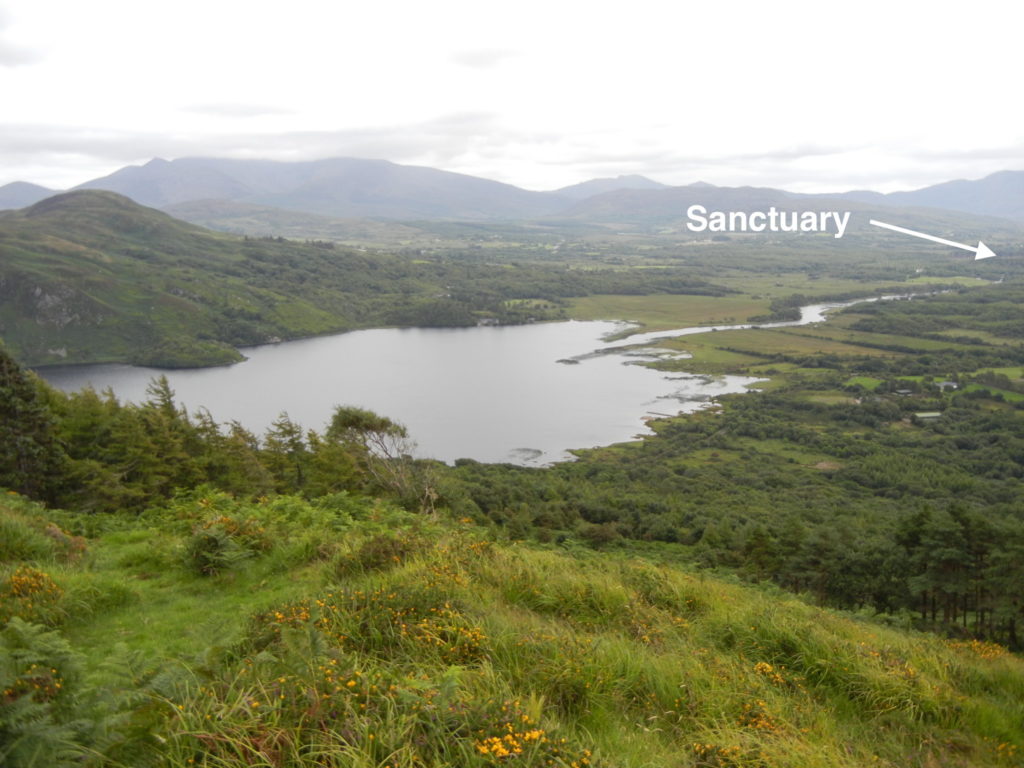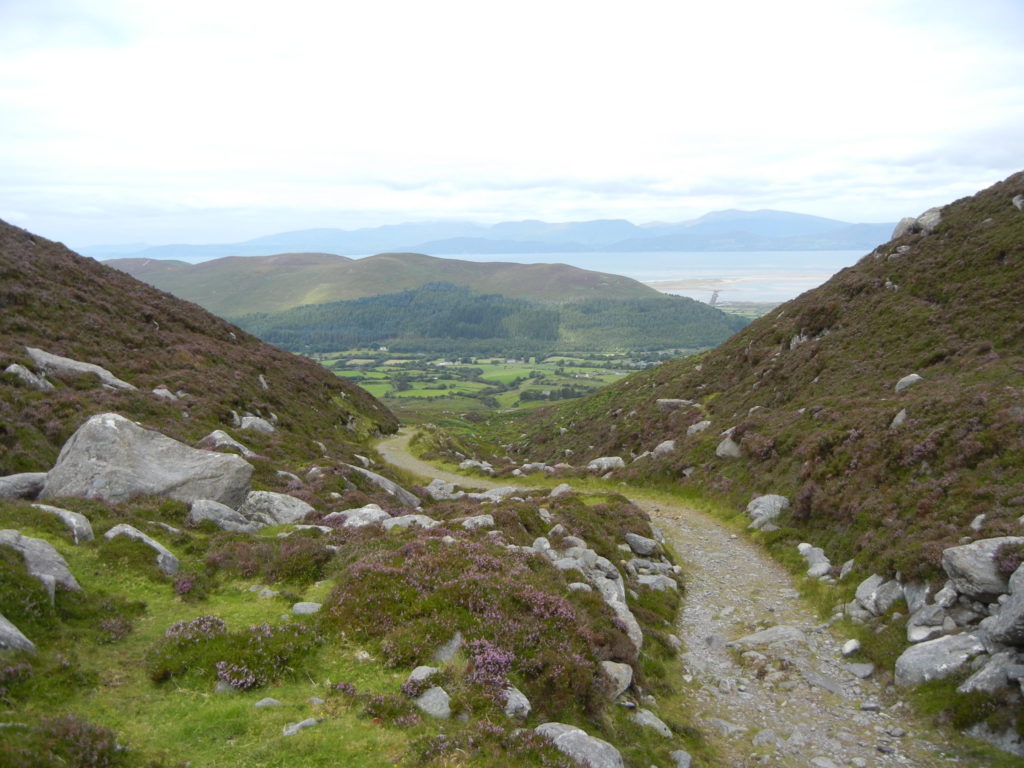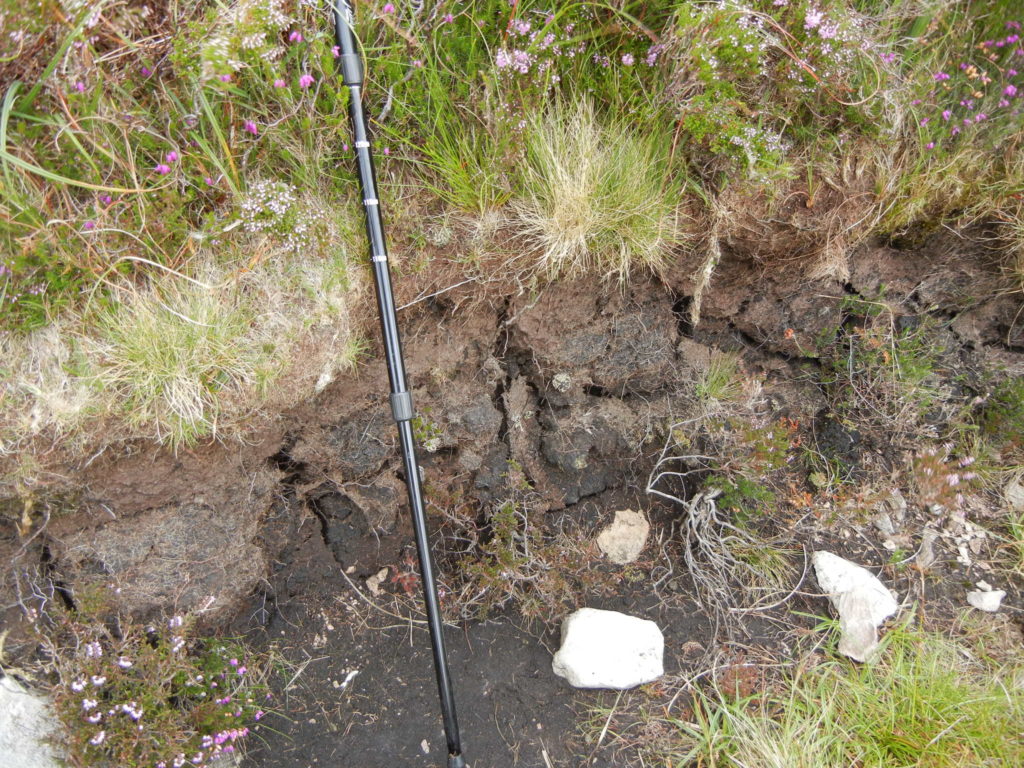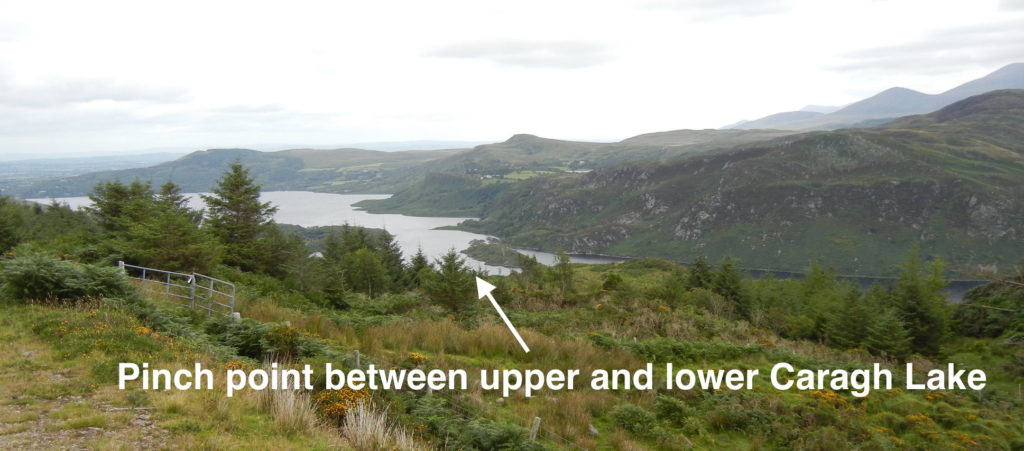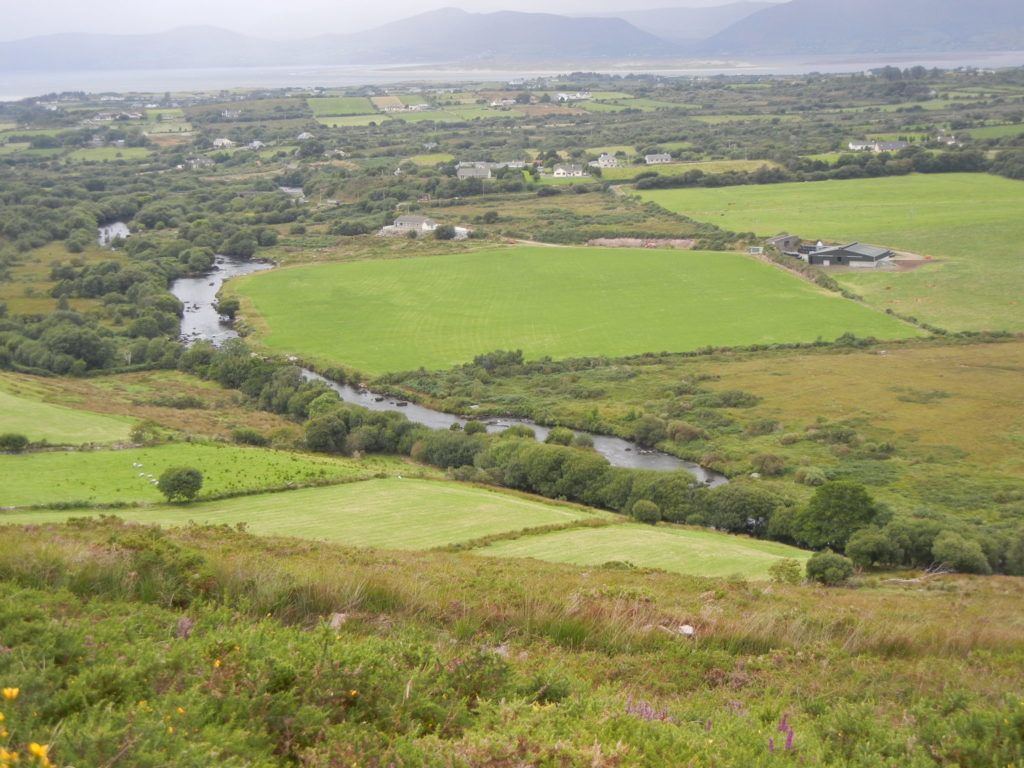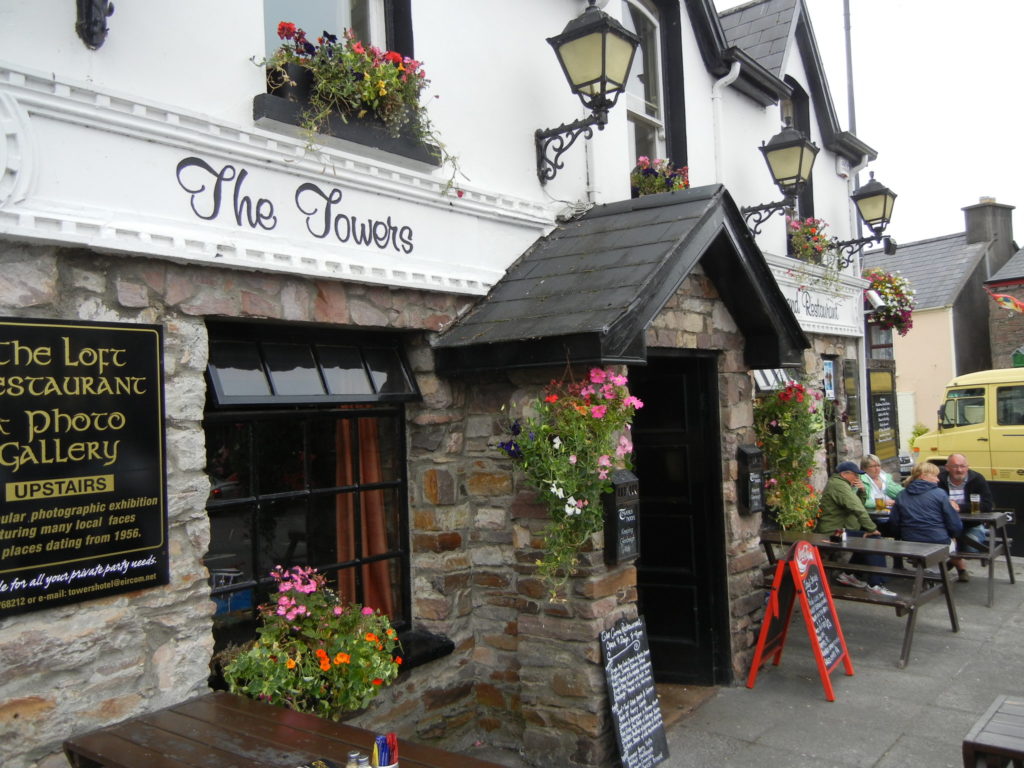Update on the Crossover saga (and a request)
Collapse Update:
- Collapse is at the editor’s for a preliminary evaluation. (Yes, this is a long process).
- Meanwhile, I’m reviewing the characterization in Conflict (but no plot changes!).
- And pondering the year, location, characters, and plot of Conquest, book four in the Crossover Series. And this pondering leads me to…
Request Some Help:
As discussed in a previous newsletter, it’s not too difficult to determine latitude: http://www.waltsocha.com/celestial-navigation-part-one-latitude/
Ah, but navigating East or West isn’t easy: http://www.waltsocha.com/celestial-navigation-part-two-longitude/. The problem is that back in the Middle Ages (and earlier), not only was there no GPS/satellites, there were no clocks accurate enough to maintain an accurate time on the rough seas of an ocean voyage. And that meant that there was no ability to determine longitude.
So I’m thinking: what if Haven could send radio signals? Say at high noon every day? In that case:
- If someone at sea received that Haven-High-Noon radio signal at 3PM (not too hard to determine the passing of time locally)
- And if they knew the latitude, say 45 degrees North.
- Then they could calculate how far east (or west) they were relative to Haven.
Some numbers (apologies!):
- Circumference of the earth at equator: 24,901 miles.
- Circumference of the earth at a latitude of 45 deg North = [circumference at equator] times [cosine of 45 degrees] = 24901 miles times 0.7071 = 17,607 miles.
- So if our intrepid travelers are sailing at 45 degrees North and they receive the Haven-High-Noon radio signal at 3PM, then they would be: 3/24 times 17,607 miles = 2,201 miles east of Haven.
So back to the question:
Is it reasonable for Haven to develop a radio system from scratch in a couple of decades?
Assumptions:
- Access to copper.
- Brent’s trip to the Yucatan (in Collapse) will enable Haven to access rubber (for insulation).
- Primitive Vacuum tube diodes and triodes are possible (using Brent’s rubber for gaskets in vacuum pumps).
Your thoughts? Please send to walt@waltsocha.com
Know any Electrical Engineers or old time radio freaks? Please feel free to forward this newsletter to them!
The Puzzle:
Here’s another puzzle. It’s only 48 pieces so it goes together in a jiffy when you drag the pieces around on your screen.
1. Just click HERE for the puzzle.
2. Click and drag the pieces on your device. If you leave the sound on you’ll hear a satisfying “click” when the pieces fit together.
3. Can you guess where this photo was taken? And why I considered it important when writing Collapse?
4. Email me the answer at walt@waltsocha.com
The Solution to the Previous Newsletter’s Puzzle:
Diorama of Susquehanna hut in the State Museum of Pennsylvania
This photo was taken in the Anthropology and Archaeology Gallery at the State Museum of Pennsylvania in Harrisburg.
I chose it because it depicts the living quarters of the Susquehanna peoples back a millennium ago.

 Facebook
Facebook Google Plus
Google Plus LinkedIn
LinkedIn Pinterest
Pinterest Skype
Skype